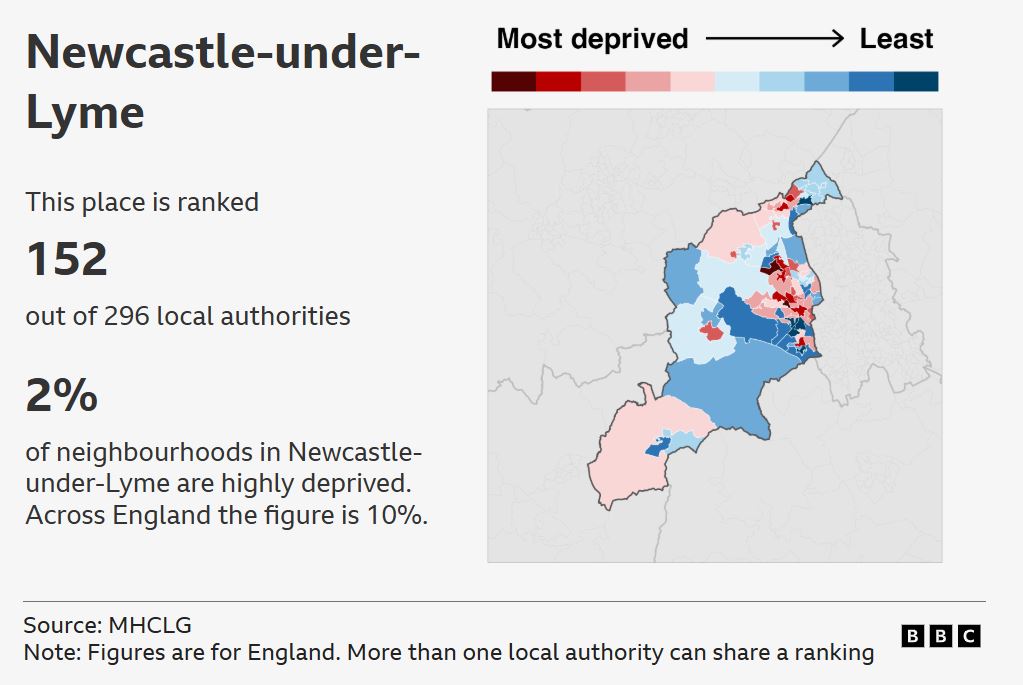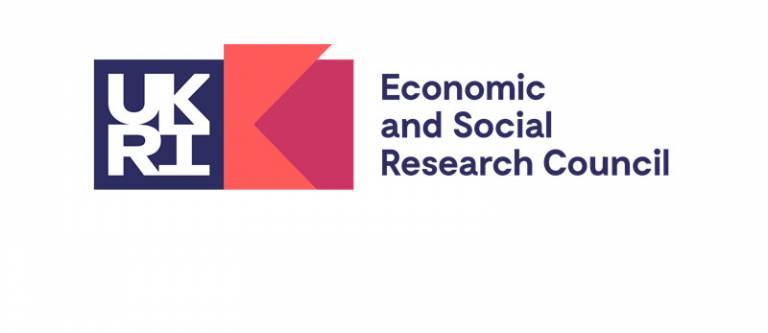Emeritus Professor Jon Fairburn, is part of the team that has just launched the new Indices of Multiple Deprivation (IMD). Jon has been involved with creating the IMD since the early 2000’s specifically creating the air quality component and for this edition reviewing potential environmental datasets for inclusion.
Jon said “There’s been a huge increase in available environmental datasets since the last edition of the IMD so users should have a good read of the reports to see what has been removed and what new inclusions have been made. We have updated the air quality data using the latest World Health Organization standards. The data is available on a range of spatial units including local authority boundaries, super output area (approx population 1,500 in England), local enterprises and more (see links below).
The Guardian, the BBC and the Financial Times have provided interactive maps so you can see the results for your area (see links below).”
The IMD is one of the most widely used datasets in England used by government departments, government agencies, local authorities, health organisations, charities and researchers.

Data
The data and accompanying guidance is freely available to download from gov.uk
- English Indices of Deprivation 2025
- English Indices of Deprivation 2025: Technical Report
- English Indices of Deprivation 2025: Research Report
- English Indices of Deprivation 2025: Rural Report
- A online mapping tool for the data
Some media coverage
Jaywick’s continued decline and intensifying London poverty tell same story of ‘broken’ Britain 30/10/25
BBC – England’s most deprived areas named – see how your area is affected (includes interactive maps and graphics) 30/10/25
Financial Times – Interactive: explore England’s new deprivation map 30/10/25
Annotated research list on environmental inequalities
Walker, Gordon, Mitchell, Gordon, FAIRBURN, Jon and SMITH, Graham (2005) Environmental Quality & Social Deprivation Phase II: National Analysis of Flood Hazard, IPC Industries & Air Quality. Project Report. Environment Agency. This report for the Environment Agency was a landmark report for environmental justice in the UK, it provided a lot of the evidence needed to include environmental inequalities into future editions of the IMD.
Walker, G, Michell, G, FAIRBURN, Jon and SMITH, Graham (2007) Industrial pollution and social deprivation: evidence and complexity in evaluating and responding to environmental inequality. Local Environment, 10. pp. 361-377. ISSN 1469-6711 – a peer reviewed paper of the above report (quite a bit shorter than the main report).
Braubach, M. and FAIRBURN, Jon (2010) Social inequities in environmental risks associated with housing and residential location–a review of evidence. The European Journal of Public Health, 20 (1). pp. 36-42. ISSN 1101-1262 – a paper that was originally part of a briefing note for the World Health Organization as they started to look into this issue more.
FAIRBURN, Jon, Maier, Werner and Braubach, Matthias (2016) Incorporating Environmental Justice into Second Generation Indices of Multiple Deprivation: Lessons from the UK and Progress Internationally. Int. J. Environ. Res. Public Health, 13 (8). Contains a review of IMDs in the UK and Europe up until that time
FAIRBURN, Jon, Schüle, Steffen, Dreger, Stefanie, Hilz, Lisa Karla and Bolte, Gabriele (2019) Social Inequalities in Exposure to Ambient Air Pollution: A Systematic Review in the WHO European Region. International Journal of Environmental Research and Public Health, 16 (17). ISSN 1661-7827 – a systematic review as part of WHO work showing the inequalities in air quality exposure
Other related research by Professor Fairburn can be found on this link
Environmental inequalities research was one of our case studies in REF2021


